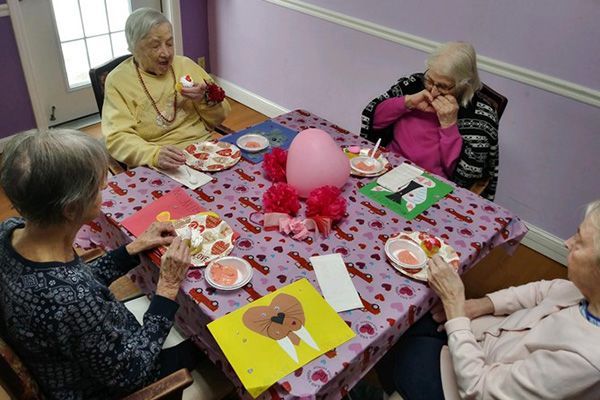Risks for Alzheimer’s
Risk factors have been identified to assess your risk of developing Alzheimer’s. Some are uncontrollable, such as age, while others can be influenced by your choices.
Uncontrollable Factors:
Age – is the greatest known factor for Alzheimer’s. One out of three people who are 85 or older have the disease.
Family History – is another strong risk factor. Those who have a parent or sibling with the disease is at a higher risk of contracting Alzheimer’s.
Genetics – Science has identified several risk genes and deterministic genes that influence the odds of developing Alzheimer’s. Risk genes increase the likelihood of developing the disease but do not guarantee that the person with the risk gene will indeed develop the disease. The gene with the strongest link to the disease is apolipoprotein E-e4 (APOE-e4); those who have this gene have a one in four chance of developing Alzheimer’s.
A deterministic gene is a gene that directly causes the disease. Those who have a deterministic gene will develop Alzheimer’s. Science has so far found three deterministic genes that lead to Alzheimer’s – amyloid precursor protein (APP), presenilin-1 (PS-1) and presenilin-2 (PS-2).
Controllable Factors:
Recent research has found links of risk factors we can control through our general lifestyle and wellness choices.
Head Trauma – research has shown a strong link between serious head injuries and further risk of Alzheimer’s.
Healthy Heart – there is growing evidence of a link between heart health and brain health. Those who suffer from high blood pressure, heart disease, diabetes and high cholesterol have a higher risk of developing Alzheimer’s.
Ethnicity – because Latinos and African Americans have higher rates of vascular disease (see above), they may also be at a higher risk for Alzheimer’s.
Healthy Aging – overall healthy aging may also keep your brain fit. Keep your weight within recommended guidelines, avoid tobacco and excessive alcohol use, be socially involved and exercise your brain and your body.



